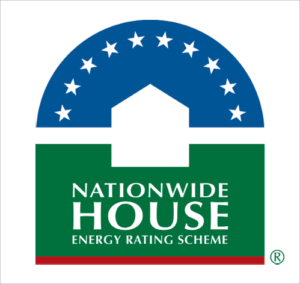Josh’s House is now electric, solar and energy free
Josh Byrne says that when he first built Josh’s House, a 10 star rated Living Laboratory for testing low-carbon housing approaches at Fremantle in Western Australia, gas was connected because at the time it was seen as a more-cost effective and lower-carbon  choice than all-electric.
choice than all-electric.
The home he built and occupies with his family had a gas-boosted solar hot water system and gas cooking.
But things have changed. Gas prices are higher than they were and state-of-the-art appliances such as induction cooktops and heat-pump hot water systems are much lower, so he decided to cut off the gas, retrofit electric cooking and install a heat-pump solar hot water system.
Josh’s House was also one of the first homes in WA to install solar electricity battery storage and has now achieved net-zero for energy on an annual basis as the energy-efficient and thermally-efficient home has all its energy needs met from rooftop solar and the solar storage battery system.
The Guide uses the knowledge gained from Josh’s House to help your new home achieve a similar result.
Josh completed his home in 2013 and says it still demonstrates what can be achieved using fairly standard materials, without adding much to the budget.
The Guide is about things that are “accessible, palatable and cost-effective,” he says.
It will be useful for home buyers, owner-builders, volume builders and home designers looking for guidance and a “sensible, pragmatic and methodical approach”.
“A quality build will pay for itself over time,” Josh says.
- Photography by Brendan Hutchens, VAM MEDIA
The full suite of low carbon guides can be found at Built Better, the CRCLCL’s built environment knowledge.





























 choice than all-electric.
choice than all-electric.


